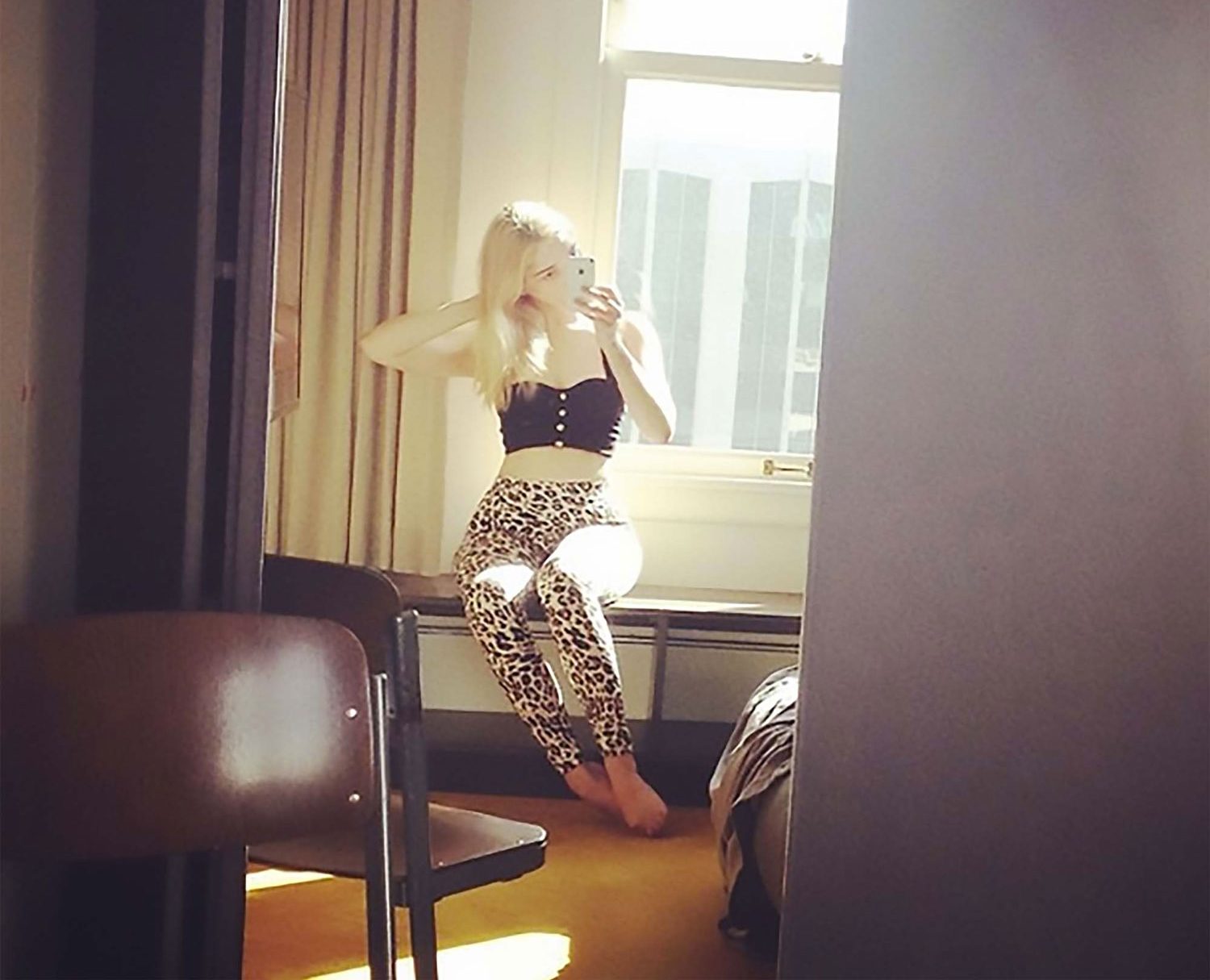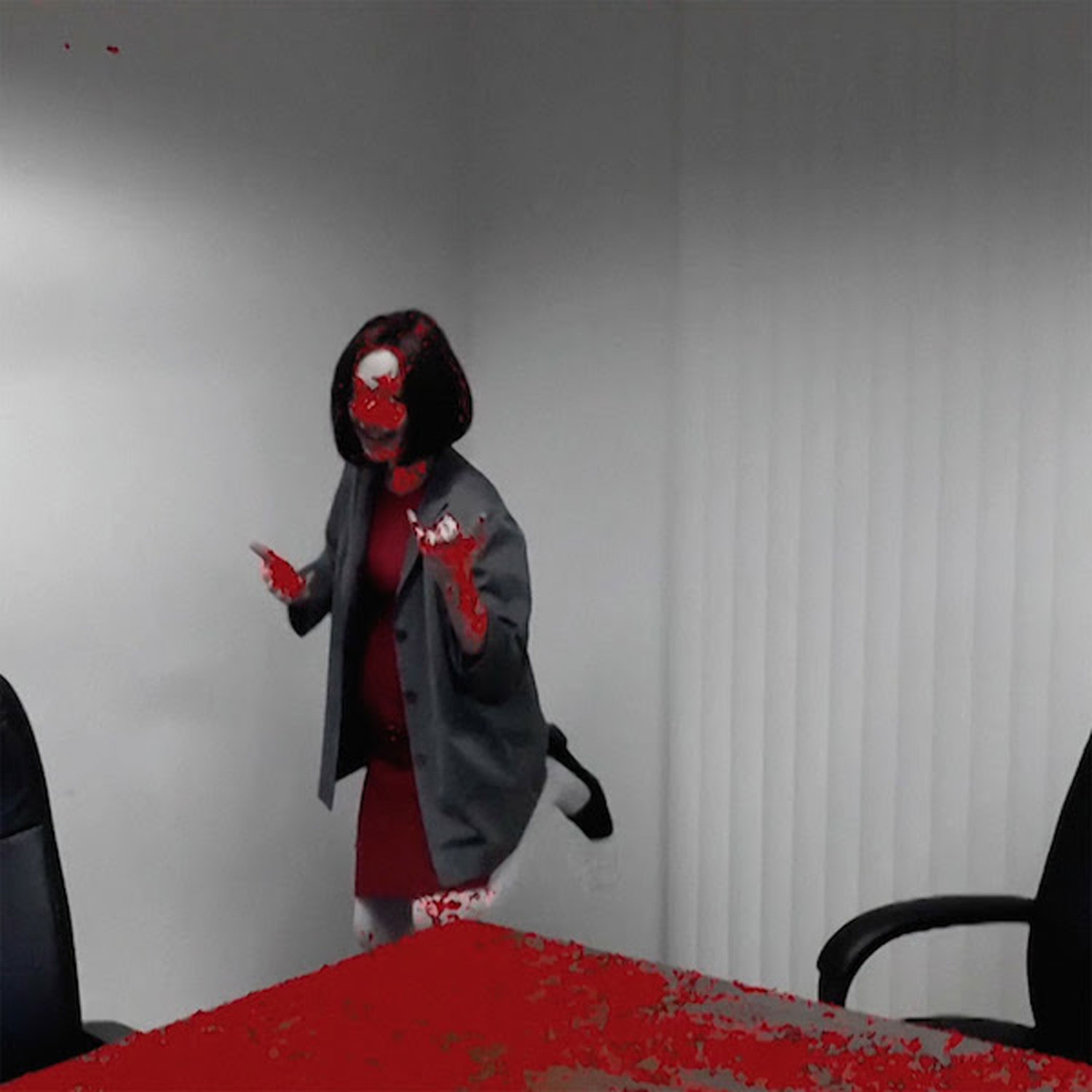

Why Artist Amalia Ulman Is So Necessary in the Age of Fake Heiress Anna Delvey
In 2014, through a carefully constructed online persona that involved performances on Facebook and Instagram, the artist Amalia Ulman made thousands of followers believe that she had been many things she was not: an escort, an office worker and an expectant mother, a social media influencer. Flash forward to 2016, when the ‘it’ girl on the global art and party circuit known as Anna Delvey was playing the part of a German heiress and living it up in swanky New York hotels (unpaid). She had duped many friends and acquaintances, some in the art world, into believing that she was starting a private art club and was later charged with scamming various banks and businesses out of hundreds of thousands of dollars.
It’s possible that Delvey and Ulman’s paths may have crossed at some art world event, but even if Delvey, who is now on Rikers Island, didn’t exist, Ulman surely seems to have been invoking her in some of her work. In an era in which the distinction between reality and fiction have at times blurred to near worthlessness, and social media influencers have real, if dubious, currency, Ulman appears to have been astoundingly prescient.
In her most recent show, “Privilege,” which was on view at James Fuentes Gallery from June 28 – 30, Ulman takes her earlier exploration one step further. The show consisted of a three-channel video installation based on a durational performance the artist did in an office in Downtown L.A. that shows Ulman playing another dramatized, fictional character.
Recommended: Why Sean Scully Is Having a Major Moment
The projections are on a loop which are comprised of over 100 videos made between 2015-2016. Much like the Stories Highlights feature on Instagram, “Privilege,” serves as a kind of archive of the artist’s “greatest hits” from this period.

In one of the three projections, Ulman is seen seemingly pregnant, wearing a dress and a mask. The video skips ahead, and Ulman is seen laying on the ground with two call bells placed over her breasts, that she proceeds to play with. The second projection shows various shots of a pigeon inside an office space (the pigeon—the artist’s pet “Bob”—has been featured in other works). The third and final projection flashes images of products with the names of brands such as Prada, Miu Miu, Chanel, Shiseido, Amazon Prime, and Gucci.
Recommended: The 10 Best Fashion Museums in the World
In referencing the kinds of product placement and brand endorsement one sees on the social media accounts of social media influencers who are paid to promote brands and products, Ulman takes performance art to the next level, creating her own sense of brand identity, creating her own truth through her characters.
There is something about her online indiscretions and the audience she is catering to that serves as a larger commentary on beauty standards, selfie culture, how the internet functions, and digital loneliness. By having a phone, you are never really alone. By creating a whole online world—she faked a breakup, a breast augmentation, and found herself through yoga—Ulman tapped into the way social media influencers function and in the process got others to invest in her digital journey.
In a day and age where the line between fiction and reality is constantly explored especially on social media, Ulman’s work has tapped into something really vital about this specific moment. With the rise of the phenomenon of “fake news” there is a quality to Ulman’s work that also seems to be in part, circling around the idea of creating your own truth. There is always the line between performer and audience that is crossed particularly when it comes to the genre of feminist performance art.
Artist such as Sophie Calle, Marina Abramovic, and Cindy Sherman have famously taken risks with their audiences in a way that Ulman is also doing now in the digital age. While Ulman ultimately came clean to her followers on Instagram in 2014, something about this series of performances, and her latest work has stayed with me.

She is able to be many things all at once, but it never matches up. The Ulman in her Instagram performances is not the same that it is in “Privilege.” There is a very fragmented sense of self Ulman constructs, and as a viewer, we never get the full picture. In some ways, Ulman’s work feels like a great con. You want to believe who Ulman says she is and the things she told because, at the time, it was everything you needed to hear. It comes with a great number of promises, and potential, but it never fully gives you what you want. And with desire, often comes with being unfulfilled.
Recommended: Artist Tauba Auerbach’s ‘Dazzled’ Historic Fireboat, Unveiled
In that way, this work invokes the story of Delvey, who as a grifter who reinvented herself as a socialite and art patron, was simply catering to a very specific audience.
Like Delvey, Ulman is also catering to her audience but in a different way. Part of what is hard to digest about Ulman’s work though is that while she sets her own parameters, she constantly seems to be changing them in the process. She wants you to believe her truth. But the rub lies in if you will engage or not. It’s in Ulman’s intriguing and sometimes confusing sense of self, that draws the viewer in. While it is sometimes not clear what her intentions are, the fun part is being able to see what Ulman will come up with next.






